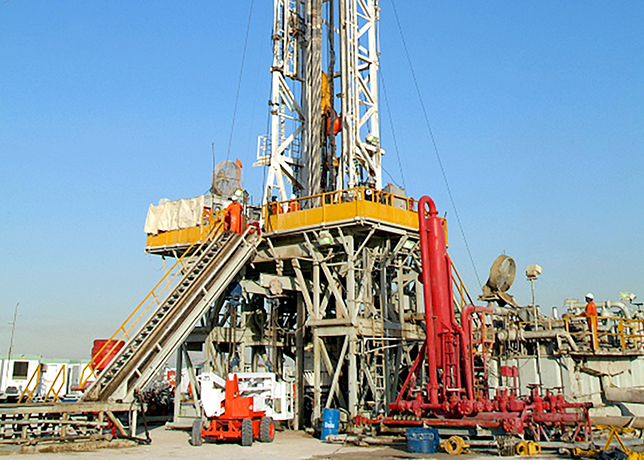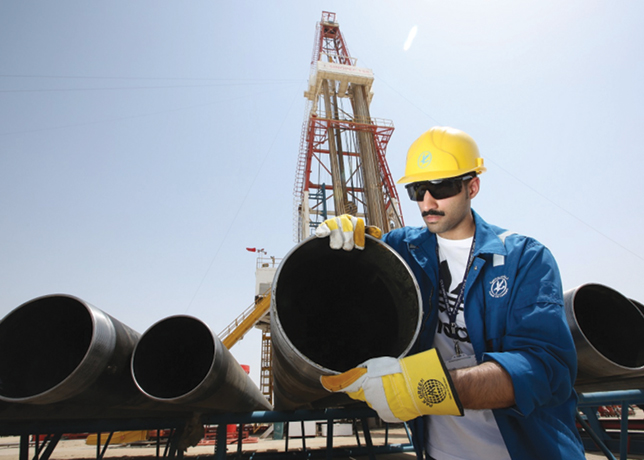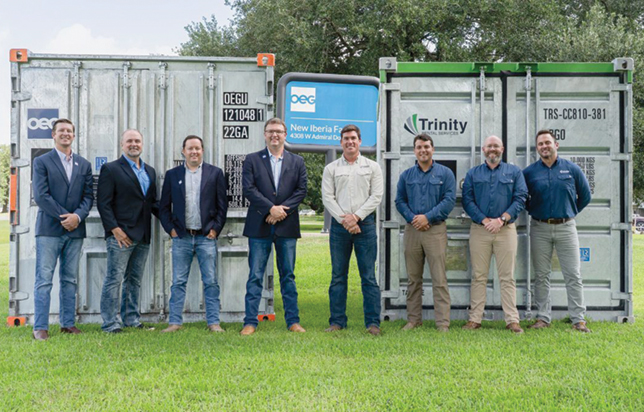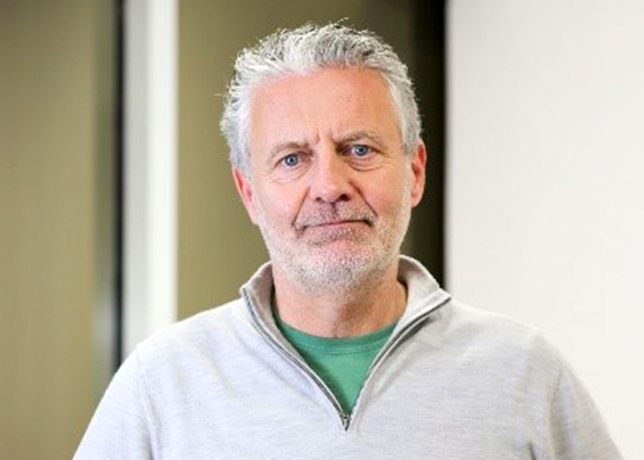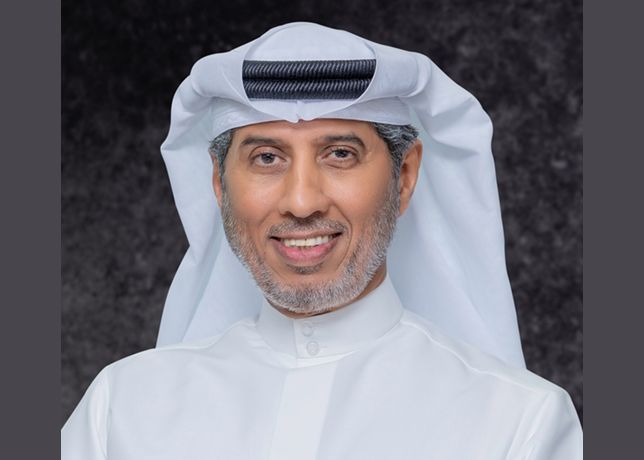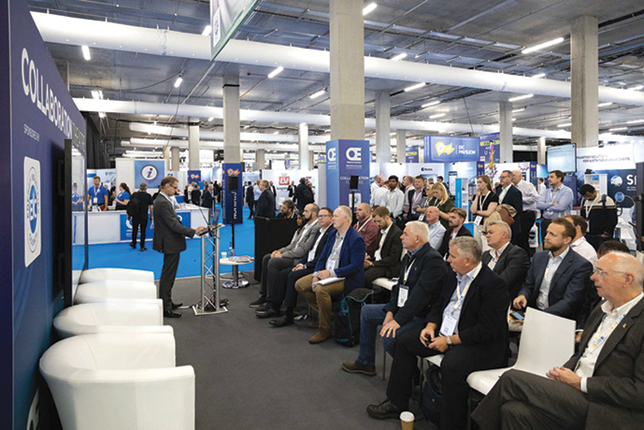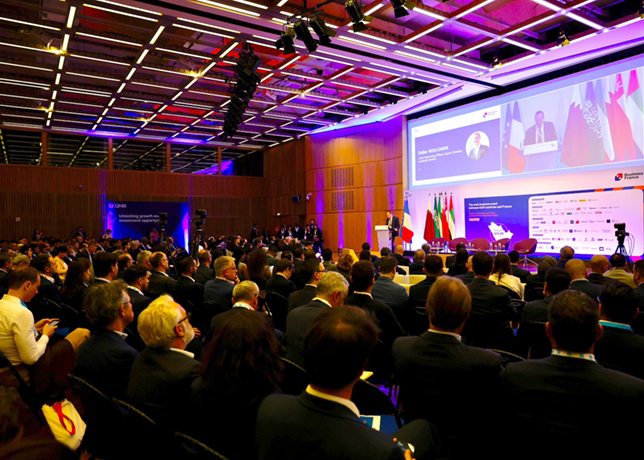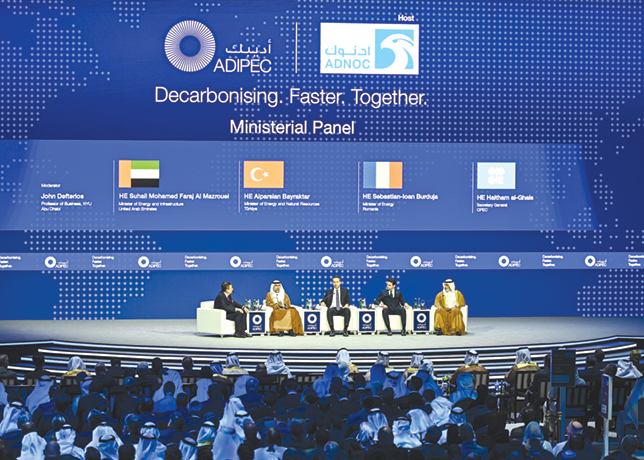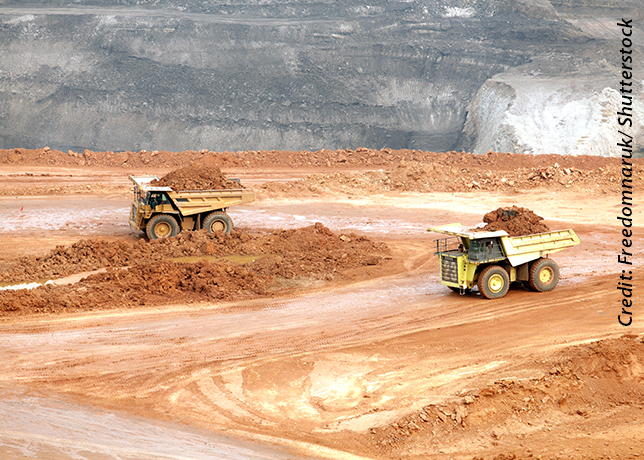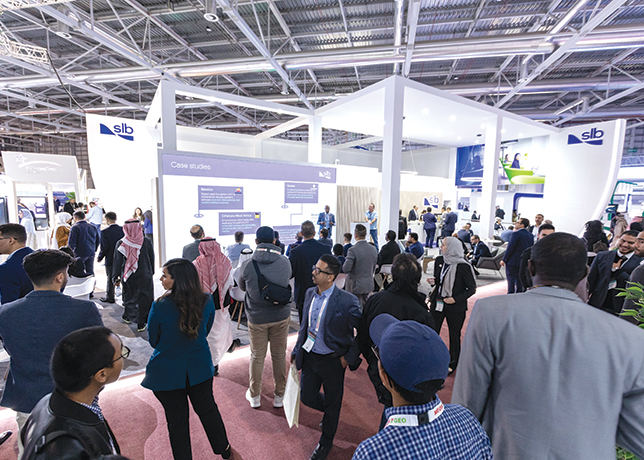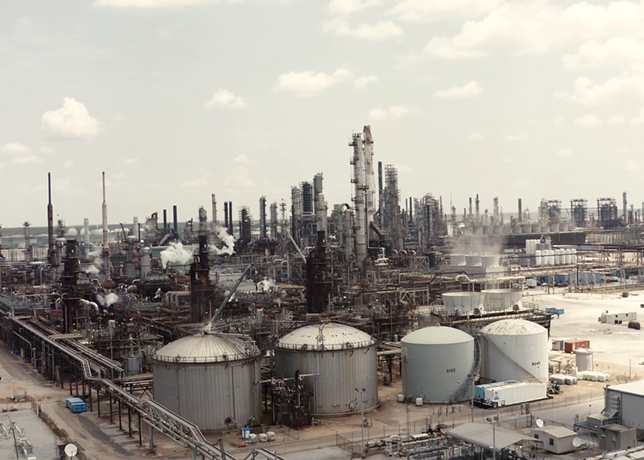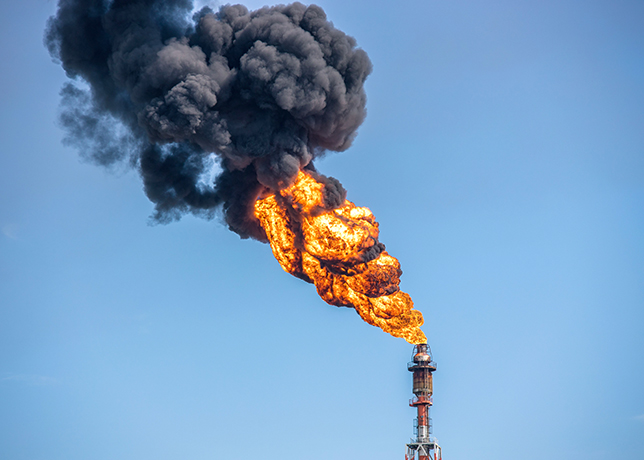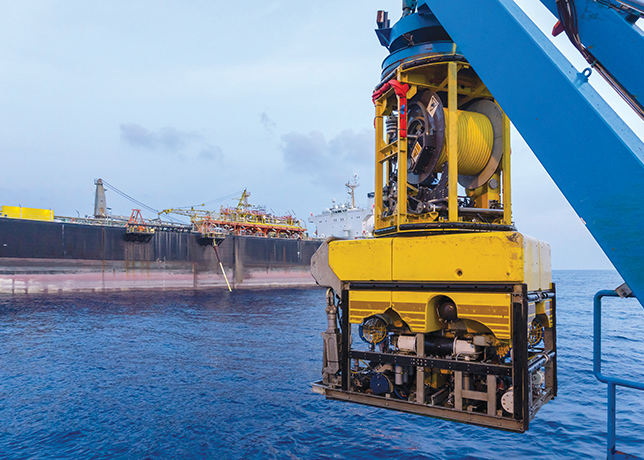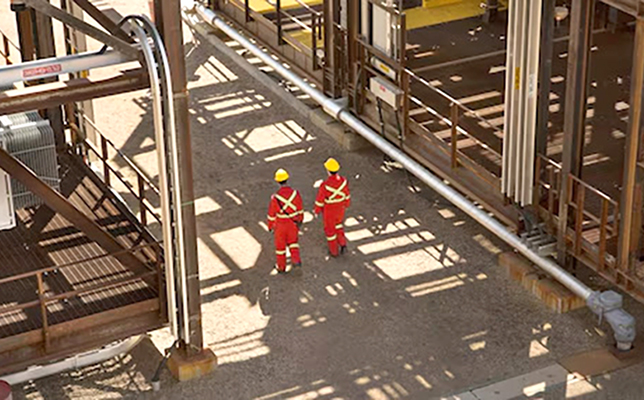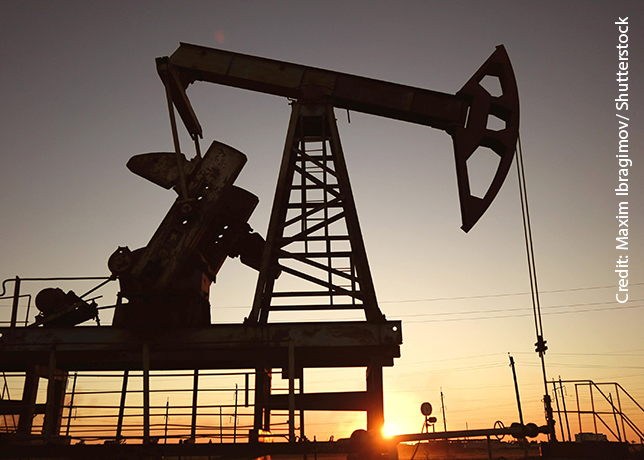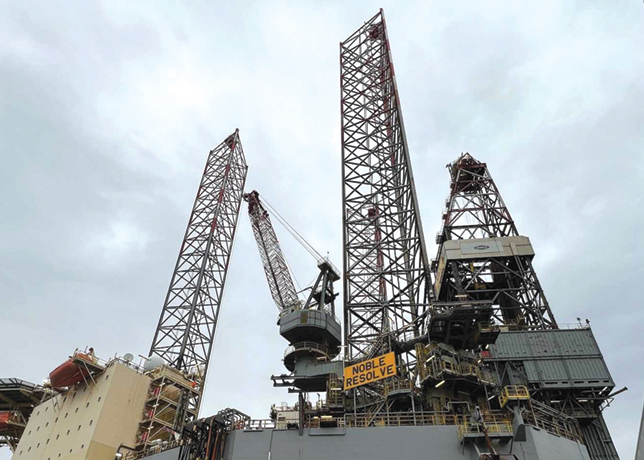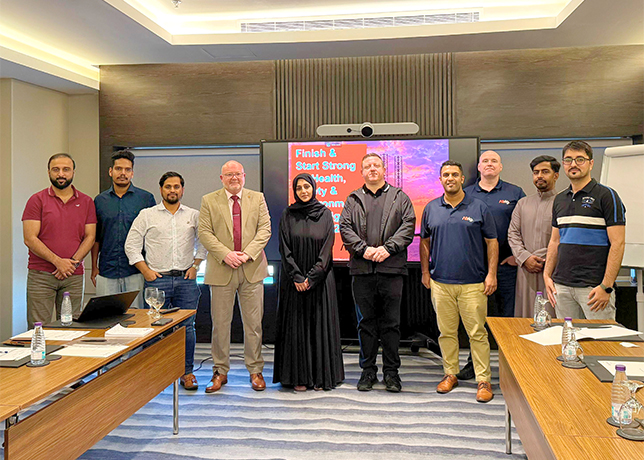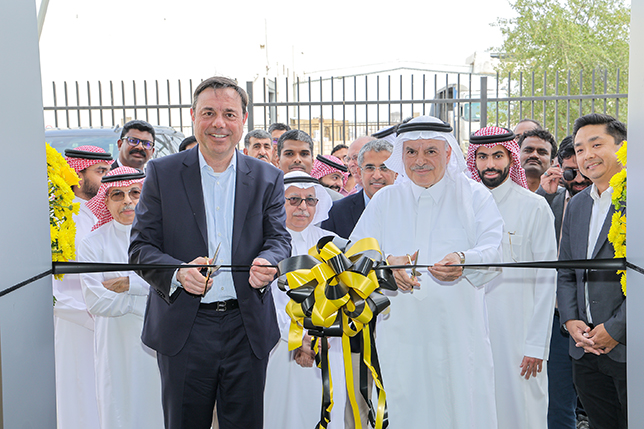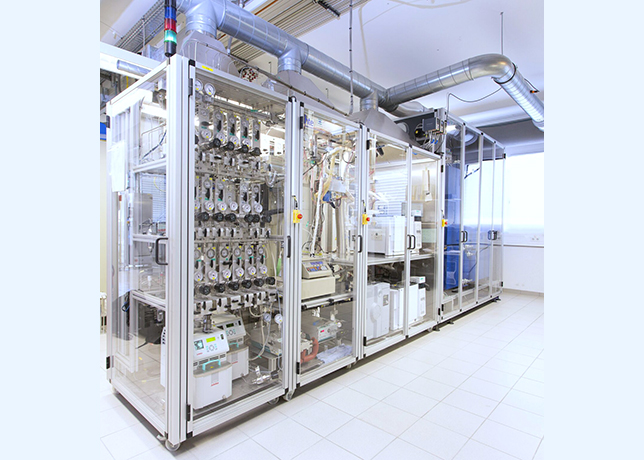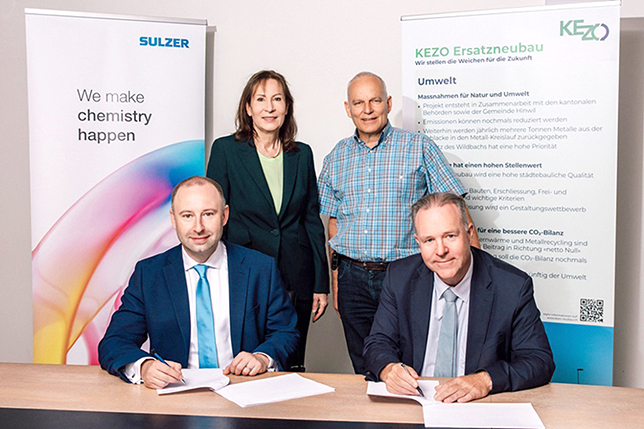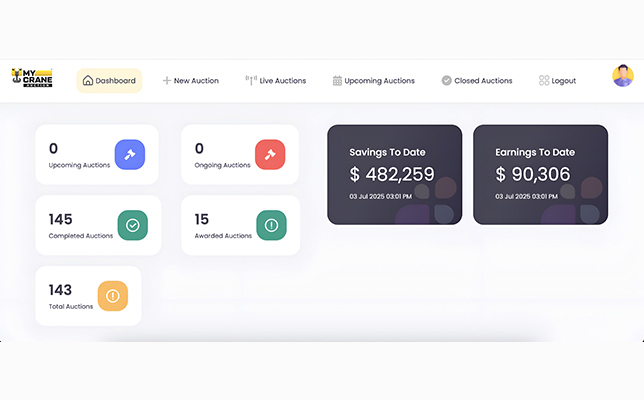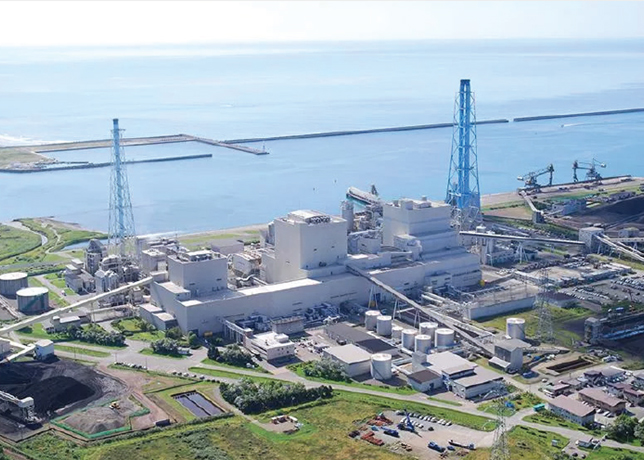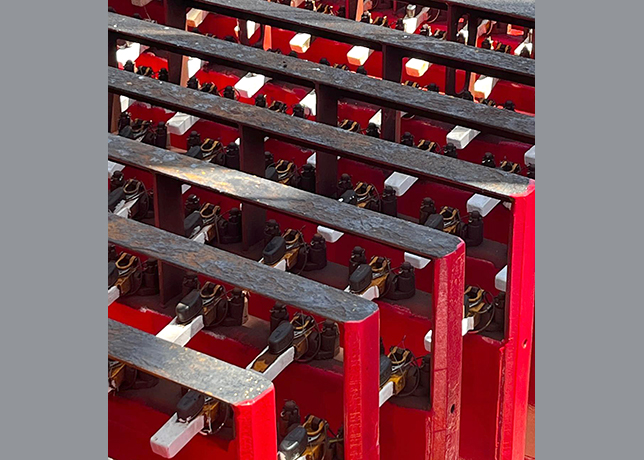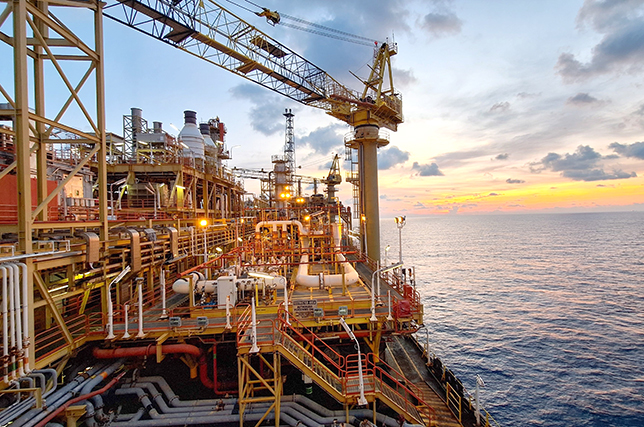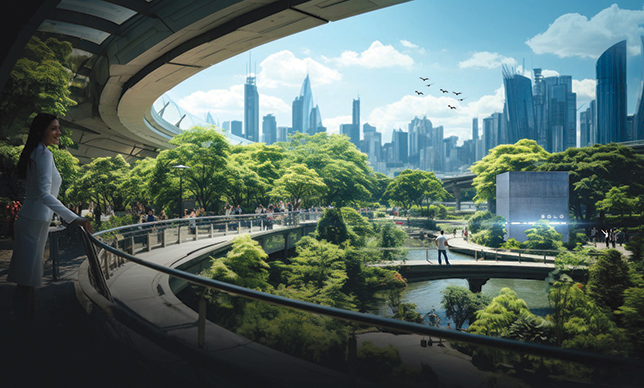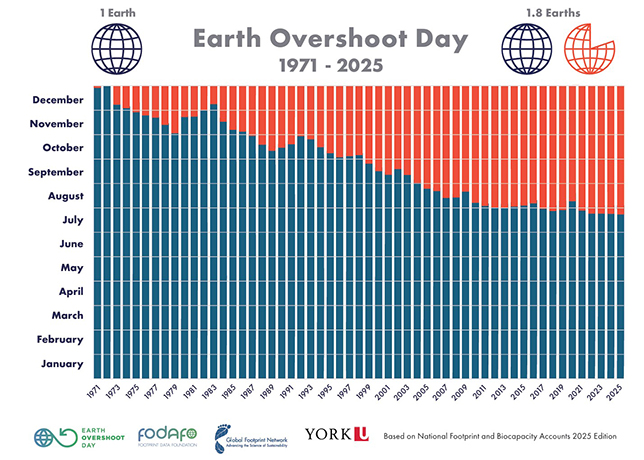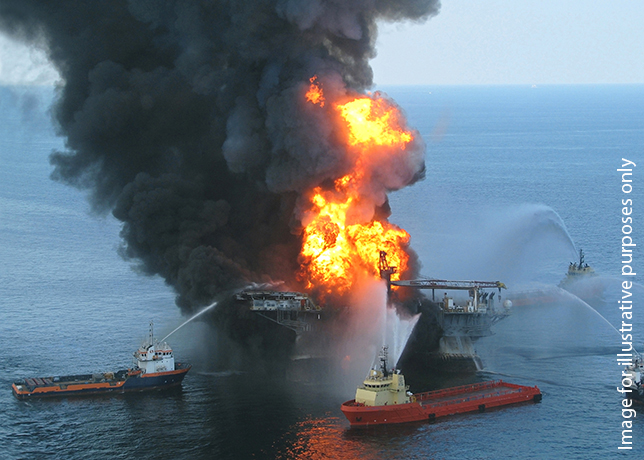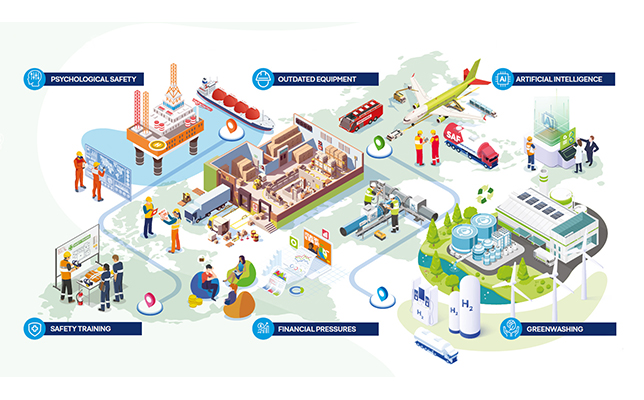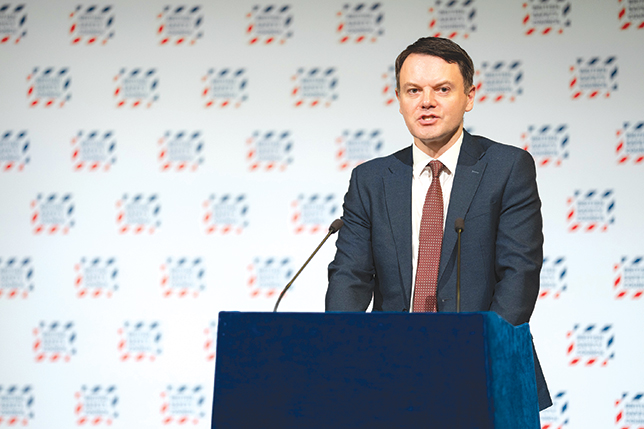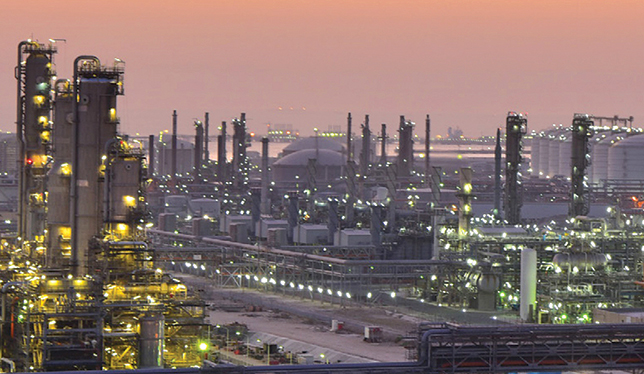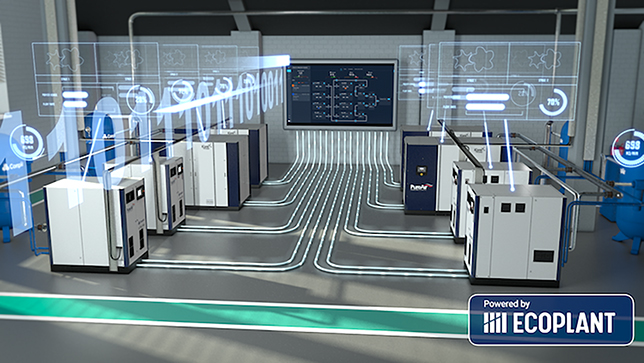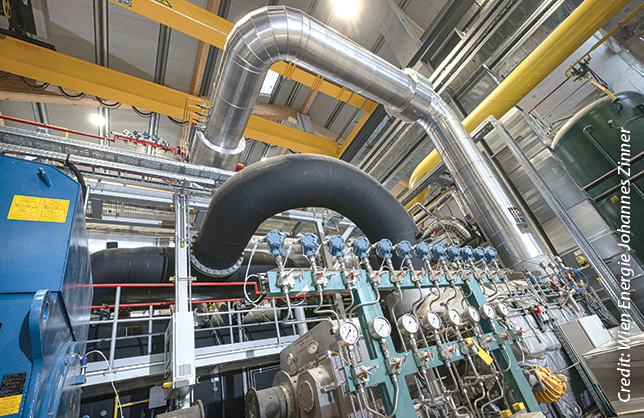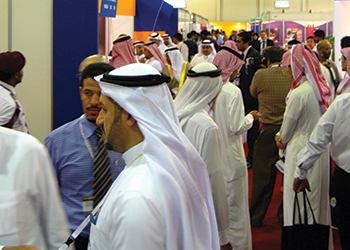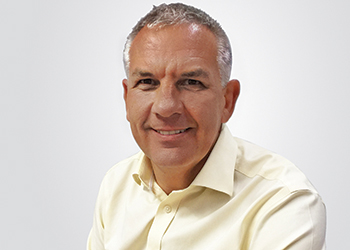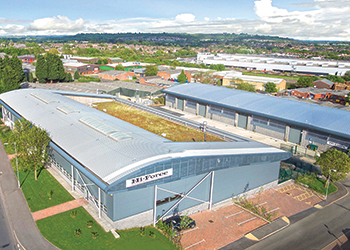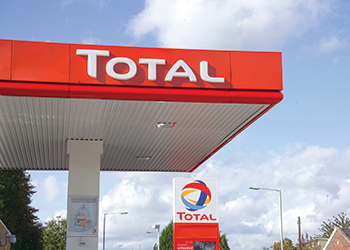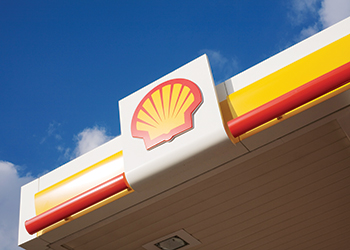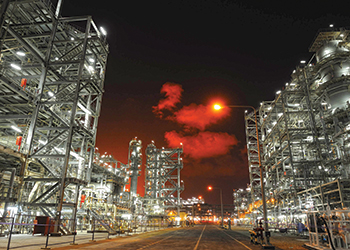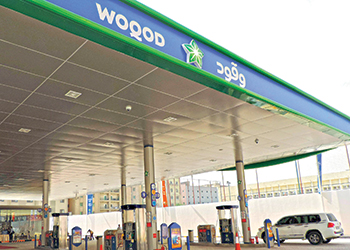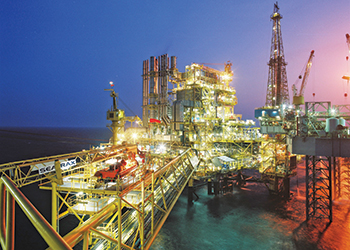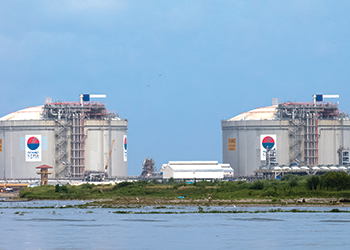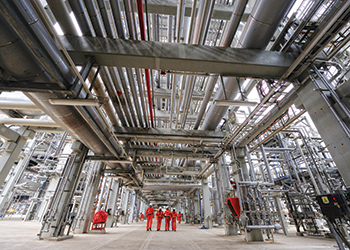
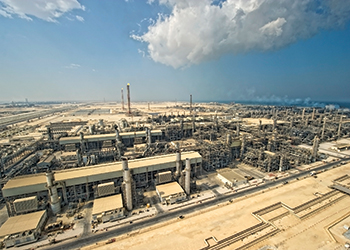 Qatargas ... warning against overoptimism
Qatargas ... warning against overoptimism
Qatargas sees global gas demand growth slowing to 2 per cent annually over the next five years as gas faces more competition from coal and renewables, but believes that the long-term future is relatively bright
Major LNG exporter Qatargas is warning that forecasts of future LNG supply may be too optimistic in light of the challenges facing the industry, despite the huge volumes of new capacity due on line from Australia and the US by 2020.
"It is our belief that the industry tends to be overly optimistic when forecasting future LNG supply," the Qatari state-owned firm’s chief operating officer for commercial and shipping operations, Alaa Abu Jbara, told the giant Gastech gathering in Singapore.
"In 2007, the world predicted LNG liquefaction capacity for 2015 would be 400 million tons, when actual capacity today is about 254 million tons, approximately a 150 million tonne difference." Jbara highlighted the complexities of building liquefaction plants. They take years to bring on stream, he says, and "one weak link in the project development chain can bring the process to a halt."
Qatar is now the world’s top LNG producer with 77 million tonnes per year of capacity, but will be overtaken by Australia later this decade. Jbara appeared unruffled at the prospect, saying the new Australian and, to a lesser extent, US capacity will face challenges in the current market environment. "We are not a new project," he says. "We are not competing with them. We are trying to optimise with customers."
Jbara says the entry of new players, including traders, into the LNG marketplace should help encourage LNG use. Faced with calls from Asian buyers for greater flexibility, he says Qatargas is responding by trying to "be as reliable and flexible as possible working with customers."
The Qatargas executive sees global gas demand growth slowing to 2 per cent annually over the next five years as gas faces more competition from coal and renewables, but believes the long-term future is bright.
He says gas will be needed by the power sector to compensate for the intermittency of renewables, as well as by the industrial and residential sectors. Gas will also get a leg-up from policies designed to address climate concerns, and LNG could potentially be used as a transport fuel.
Jbara’s rosy long-term vision is shared by Hamad Mubarak Al Muhannadi, chief executive of Rasgas, Qatar’s other state-owned LNG producer. Addressing Gastech Tuesday, Al Muhannadi says he expects new LNG markets to open up soon in Bangladesh and the Philippines – to name just a few – following in the footsteps of Egypt, Jordan and Pakistan, which all recently started buying LNG.
"Floating storage and regasification units will be able to serve customers in months rather than years," he says.
Al-Muhannadi sees global LNG demand growing by 5 per cent annually over the next 10 years, outpacing growth in overall gas demand. Acknowledging that buyers want to be able to rely on sellers to provide competitive and reliable supply in an ever-changing market, Al-Muhannadi says LNG sales and purchase agreements can be made flexible enough to deal with market swings. "Such contractual flexibility is an important source of value to both buyers and sellers," he says. "Such value must be priced into contracts in a way to offer incentives for both parties to enter into long-term agreements."


